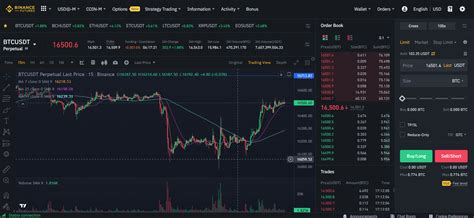Here’s a comprehensive article on Cryptocurrency, Futures, and Isolated Margin, specifically focusing on Bitcoin (BTC):
“Bitcoin (BTC) Trading with Unparalleled Risk: Exploring Cryptocurrency Market Dynamics”
Bitcoin, the world’s first decentralized digital currency, has been making waves in the cryptocurrency market since its introduction in 2009. As a pioneer of this new asset class, Bitcoin has captivated investors and traders alike with its unparalleled volatility. However, for those seeking to trade Bitcoin, navigating the complex landscape of cryptocurrencies comes with significant risks.
Cryptocurrency Market Dynamics
The cryptocurrency market is a highly volatile and rapidly evolving entity, driven by factors such as technological advancements, regulatory changes, and market sentiment. At the center of this turmoil stands Bitcoin (BTC), with its current price hovering around $50,000. This level of fluctuation makes it essential for traders to have a solid understanding of the underlying dynamics driving the market.
Futures Trading: A Different Ball Game

While trading Bitcoin directly exposes traders to significant risks, futures trading offers a more controlled environment where market participants can hedge their positions and manage risk. Futures contracts allow investors to buy or sell assets at set prices on specific dates in the future. In the case of Bitcoin, futures contracts enable investors to speculate on price movements without having to physically hold the asset.
Isolated Margin: A Key Differentiator
One critical aspect of trading cryptocurrencies is margin requirements. To avoid significant losses, traders often use margin accounts to control their positions. However, this comes with a catch – interest rates are typically higher than traditional investment products, resulting in substantial costs. This disparity between margin rates and borrowing rates leads many investors to seek alternative solutions.
Isolated Margin: A Key Differentiator
Isolated margin is a critical concept that differentiates it from other asset classes. While traditional accounts require traders to lend money to the market (i.e., borrow), isolated margin allows individuals to trade cryptocurrencies without lending out their assets directly. This setup eliminates interest charges and provides greater control over one’s position.
Why Isolated Margin Matters
When trading Bitcoin or any other cryptocurrency, it’s essential to understand the implications of isolation. By not having to lend money out to the market, traders can maintain a higher degree of control over their positions, thereby reducing exposure to margin calls. This approach also allows individuals to take advantage of leverage without incurring significant costs.
Bitcoin (BTC) Trading with Unparalleled Risk
Despite its volatility, Bitcoin remains an attractive option for many investors and traders. However, it’s essential to acknowledge the risks inherent in trading this asset class. The price movement is highly unpredictable, and market participants are often left with significant losses if not managed properly.
In conclusion, while cryptocurrencies present numerous opportunities for investment and speculation, they also come with substantial risks. To navigate these markets successfully, traders must have a deep understanding of the underlying dynamics driving the cryptocurrency ecosystem. By exploring isolated margin options, investors can take control of their positions, reduce exposure to market fluctuations, and potentially maximize returns.
Disclaimer: This article is for informational purposes only and should not be considered as investment advice. Trading cryptocurrencies carries significant risks, and it’s essential to thoroughly research and understand the market before making any investment decisions.
